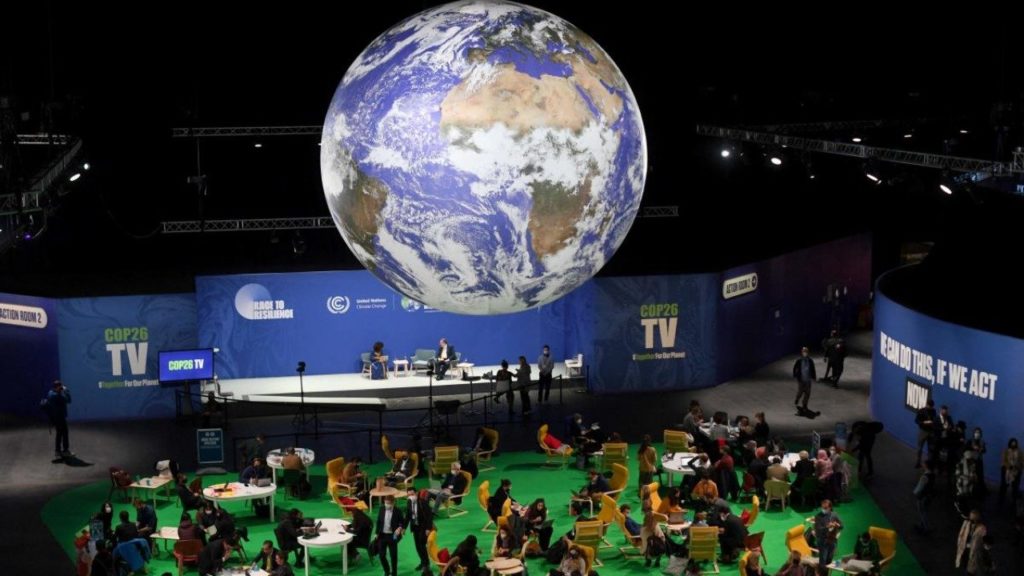The UK government as host and therefore president of COP26 wanted to “keep 1.5°C alive”, the stronger goal of the Paris Agreement.
The Paris Agreement says temperatures should be limited to “well below” 2°C above pre-industrial levels, and countries should “pursue efforts” to limit warming to 1.5°C.
What remains is a near-term emissions gap, as global emissions look likely to flatline this decade rather than showing the sharp cuts necessary to be on the 1.5°C trajectory the pact calls for.
The door is ajar for further cuts in the near future The final text of the Glasgow Pact notes that the current national climate plans, nationally determined contributions in the jargon, are far from what is needed for 1.5°C.
New climate plans next year, instead of waiting another five years, can keep 1.5°C on life support for another 12 months, and gives campaigners another year to shift government climate policy.
The wording is weaker than the initial proposals, with the final text calling for only a “phase down” and not a “phase out” of coal, due to a last-second intervention by India, and of “inefficient” subsidies.
This an important shift, finally acknowledging that use of coal and other fossil fuels need to be rapidly reduced to tackle the climate emergency.
A tortuous series of negotiations over article 6 of the Paris Agreement on market and non-market approaches to trading carbon was finally agreed, six years on.
Outside the COP process, we will need much clearer and stricter rules for company carbon offsets.
Expect more action on the financing of fossil fuel projects, as activists try to cut emissions by starving the industry of capital.
